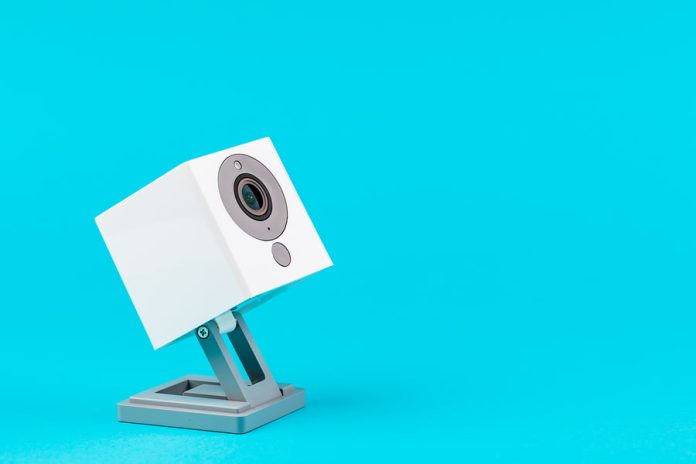I ENJOYED SecTech Camera Shootout recently and it was pleasing to see the improvement in camera performance from the cameras on test.
At the same time, we seem to see end users with more and more tiny cameras – toy cameras. Do such cameras really represent the future of video surveillance? We’re trying to see the bottom in the race to the bottom but there seems no end to how low prices and build quality can go.
A: This is something everyone in the CCTV industry thinks about – installers, manufacturers and distributors. Will the surveillance cameras of the future all be tiny, have plastic lenses, good enough sensors all tucked up in an IP66 housing with IR night support calibrated to the sweet spot of a fixed wide-angle 2.8mm lens?
It’s hard not to see the interconnect with the smart phone industry, which is locked into 1/3-inch Sony back-side illuminated sensors and fixed plastic lenses, yet still contrives to offer pretty good performance in applications where there is some available light, not too much backlight and the photographer can use their feet as a motorised zoom.
There are some security and home automation applications where this sort of a camera system is applicable – domestic and SMEs where situational awareness is required at shallow depths of field and wider angles of view. Regardless, the performance of a $50 no-name CCTV camera can’t readily be compared to that of a $1000 smart phone, or a quality bullet camera with a motorised zoom lens.
Something else to consider is what else is going on in the camera system – not the lens, nor the ubiquitous Sony sensor but the processor itself. There’s significant variation in the way different image signal processors in CCTV cameras handle the electrical signals their sensors generate – in fact much of the improvement in camera performance in recent years comes down to enhancements in processing. I don’t see any sign of improvements in lens quality – quite the opposite – and that applies to build quality, too. Plenty of famous brands are cutting corners on hardware and giving back in the processing department.
Obviously, if you really want good processing of an excellent data stream generated by an excellent sensor that is served by a quality lens, then there are manufacturers which can give you that across a range of form factors. If you really need moving faces and plates in areas of poor lighting or extreme backlight, then you’ll need more than a camera that’s a sort of optical PIR. It really comes down to customer application and your team’s ability to establish what the customer wants a CCTV system to deliver and to show them how that operational outcome can be attained with available technology.
There’s no point over-specifying cameras viewing the foyer, just as there’s no point under-specifying cameras viewing the carpark. But in either case, what the anxious client will want to see their system offering post-event will be static and moving faces and vehicles, preferably with recognisable number plates, in challenging 24-hour lighting conditions.
Can low cost cameras from quality CCTV manufacturers offer this sort of performance? Some can, in some applications, sometimes. If that’s the sort of hit-miss solution you’re going to be installing in every application, make sure it’s the customer who makes the final decision on camera choice.











